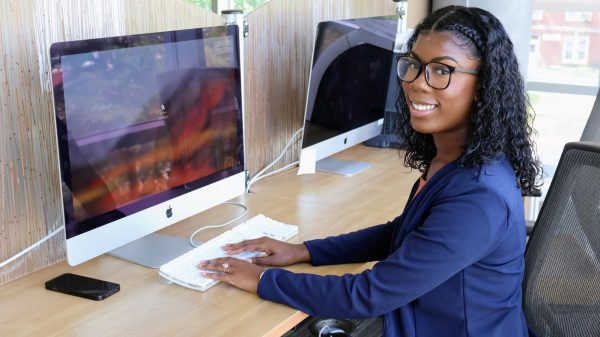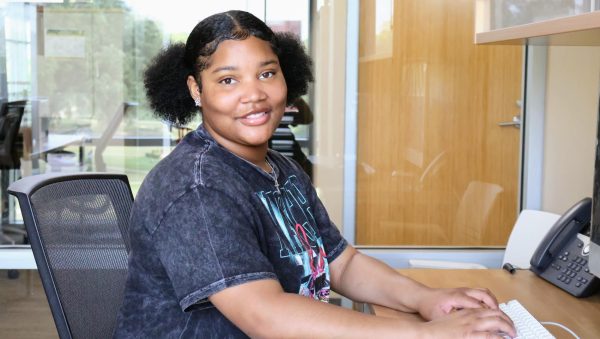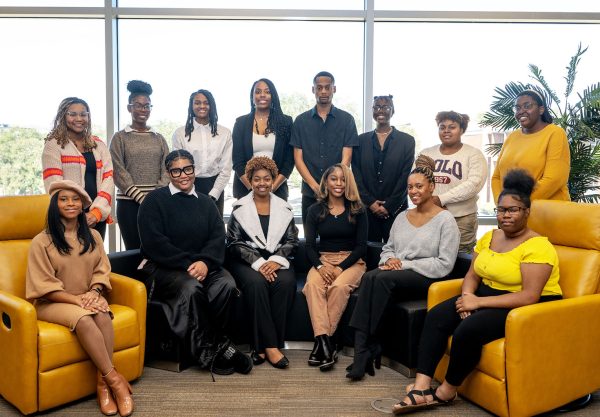Column: Remote Learning Is Causing A Wedge Between Us
January 27, 2021
Airmeet, Zoom, and Google Meet have been a pivotal part of our daily lives during the COVID-19 pandemic. Many schools and universities had to remodel their learning systems and adjust to virtual classes. As more and more classes become remote, a gray area of disconnect begins to form. Not being able to fully learn and grasp concepts through a virtual classroom setting causes a huge divide between the previous graduating classes that learned in-person and current students learning through a screen.
As a current junior at my university, I certainly see the disconnect between remote learning and in-person learning. Studies have shown that the majority population of students learn visually. You may ask, “If video calling software is visual, why is there a disconnect between students grasping concepts?”
Well, the majority of students learning virtually now have experience from the previous methodologies used in face-to-face classes. However, it can be difficult for one’s brain to adapt to such drastic changes regarding the way of learning. While many teachers try their best to make virtual learning similar to in-person, they fall short of the classroom feeling. There is something about being physically inside a classroom that makes students want to learn. Especially when they have other like-minded individuals right beside them learning the same concepts and ideas.
With that being said, many students have graduated during the pandemic and missed out on a lot of vital skills they would have obtained in a classroom setting. If we are being completely honest, the majority of students learning through Zoom have been using Google and Quizlet to pass their classes. This causes students to be ill-prepared for the next level because they have not learned what is needed to become successful. They learned how to “just get by” in life by cheating. As they graduate, a learning curve begins to develop which causes a deeper wedge between society and its educational system.
Oh, what was I talking about? Yeah, that’s right, the wedge between us is caused by remote learning! What I just did is another reason why remote learning is not a good idea! Many students in the present day have horrible attention spans due to cell phones. I can recall that issue before COVID hit, so one can imagine how hard it is for students to stare at a computer screen for hours on end while a teacher is talking.
While students pass the class with an A, they are not conceptualizing the lessons taught in the classroom and move on to the next section of that class confused. Even I struggle to have things memorized from my virtual classes. This causes me to schedule virtual meetings with my professors to make sure I fully grasp the material before moving on to something more difficult. Still, there are some with different needs to learn effectively.
The lack of human interaction causes the disconnect to thrive more thoroughly. Typed and pre-recorded lectures seem less natural and more constructively forced. Students hesitate to respond during virtual classes and do not submit questions. However, in the classroom, a student’s countenance is a cue for the instructor to determine their needs. Virtual classes take away those important cues.
Besides, most if not all students do not have their video cameras on during their Zoom meetings. This causes another wedge to form. Without putting a face to the voice, there is a lack of distinction between who is talking. Because of this, students are hesitant to contact other students for help.
As COVID-19 continues to unfortunately thrive, students are brainlessly attending classes with no hopes of learning anything. What can we do to make this new normal better for everyone?

















